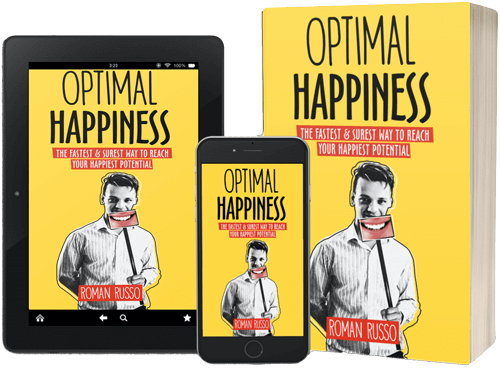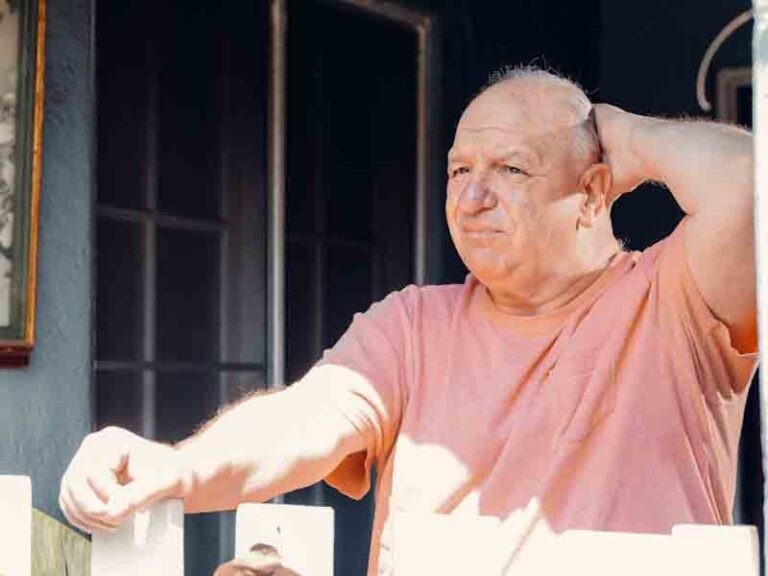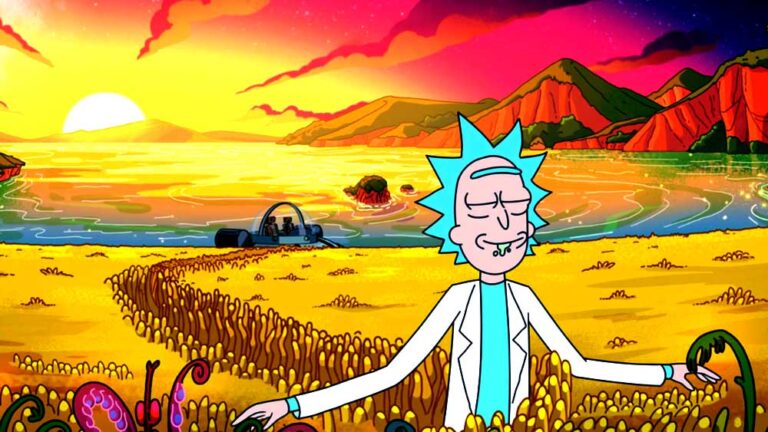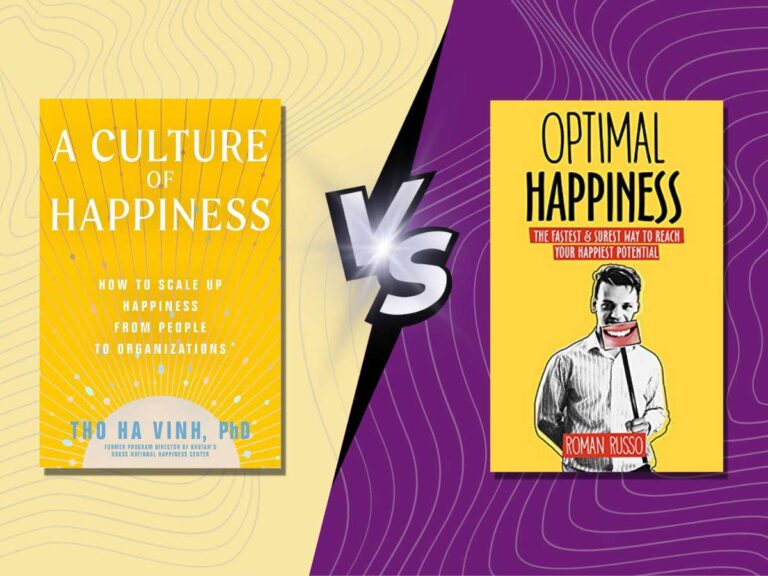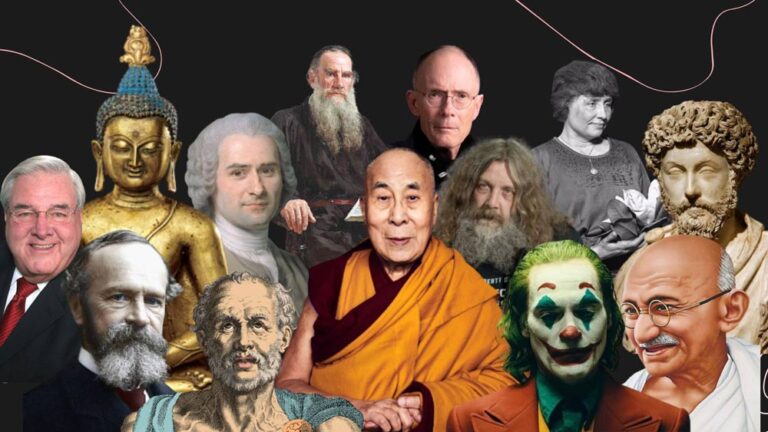Hear me out. You need to stop using toilet paper. Studies confirm that today there are many problems related to the modern toilet use, including serious environmental issues, alternatives to toilet paper use, and the whole toilet experience. Let’s explore this in more detail.
Improper Use of a Toilet Seats
Recently, I had a pleasure to visit a royal medieval toilet in a castle which was more like a town rather than castle. The walls spread for miles apart, the throne room was grand, and the courtyards where luxurious. Yet, despite all the luxury, a toilet was just a hole in the floor.
Breakthrough came in the 16 century England with Sir John Harington who invented the first flush toilet,
Over a millions of years, people all over the world
we didn’t have something to sit on when we went to do number one or two and so we did it somewhere in the woods in a squatting position, obviously concerned about not to get something extra on our body and shoes. This was also the best possible position considering that our intestines become aligned with our spine and, essentially, everything comes out much easier, efficiently, and smooth.
Fast forward to the last 200 years, people are using toilet seats, which have elevated our natural squatting position and messed up the whole alignment thing. This causes a number of problems including performance issues, extra strain on organs, and it puts us directly in touch with a toilet seat, which arguably is less hygienic compared to doing it in the mid-air.
Amazon’s Solution to Toilet Seat Problem
In order to overcome the above-mentioned problem of not sitting in a proper position, some start-up entrepreneurs invented toilet steps that can help you to assume a proper posture while still using modern toilet seats.
What If Most People Didn’t Use Toilet Paper
In 2016, when I was in Thailand, I quickly discovered that local people rarely, if ever, use toilet paper, and instead this item is considered to be a luxury product, which respectfully is more expensive to purchase compared to what we are accustomed to paying for in the western world. The reason for this is simple. In most countries in the world, including China, India, and the continent of Africa overall, which together account for the majority of people in the world, people don’t use toilet paper when they go to the toilet. They either can’t afford it or it is not customary to use it in their countries.
What do people do instead to clean themselves? You guessed it—water. After making sure that everything is clean simply by pouring water on their lower backs, which easily slides down to the lower parts of the body, properly and effectively reaching the important parts, using solely their hands and this water to make sure that everything is clean down there. Obviously, after all is said and done, they wash their hands with soap and water.
The only reason most of the readers will be shocked by the above statements is because toilet paper is predominantly a western world used product, mostly enjoyed by spoiled white people who use all sorts of products that they don’t really need, which never existed for millions of years when our species populated this planet, like toasters. They are simply not aware that we can’t just give toilet paper to everyone in the world as otherwise, we would not have enough trees. To this point, World Watch Magazine estimates that about 10% of all wood cut in the world goes towards toilet paper production, which is scary since forests are already cut at an alarming rate of approximately a quarter-million trees per day. And all this is so we can comfortably clean ourselves?
Interesting Facts About Toilet Paper
- The first known record of toilet paper goes back to the 6th century AD China, Zhejiang province
- Besides the Chinese, the two individuals who are most known for helping to bring toilet paper into a modern-day world are Joseph Gayetty and Seth Wheeler
- An average estimated global toilet paper use is 4 kilograms per capita
- Average estimated use of toilet paper in the US is 23 kilograms per capita
- A single tree is estimated to produce 100 pounds or 1,500 rolls of toilet paper
- Toilet paper wipes out 27,000 trees a day or 10 million trees per year
- Roughly 10% of all wood cut in the world will be used for toilet paper use
- It takes approximately 1 trillion litres of water, 150,000 tonnes of bleach, and 10 terawatts of electricity per year to meet global demand, not to mention costs energy and materials used in packaging and in transportation to retail outlets.
Source: World Watch Magazine and The World Atlas
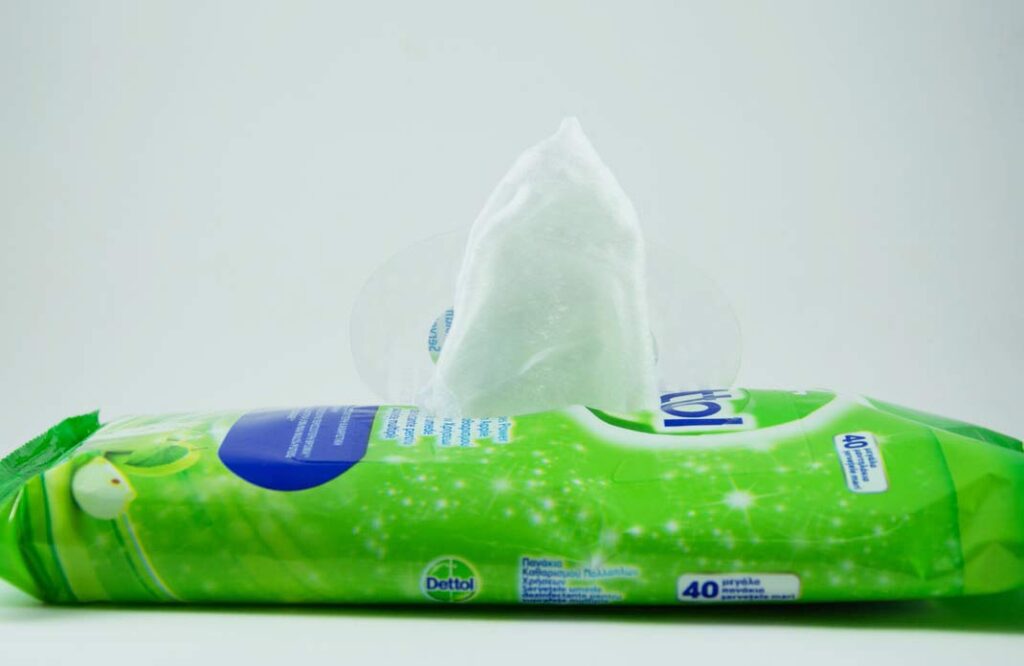
Do Not Use Wet Toilet Paper
Perhaps even worse than regular toilet paper is a wet toilet paper (aka wet tissues, wet wipes, or similar toilet paper substitutes), which comes in a semi-wet form, so you can wipe and wash at the same time. This toilet paper is said to be also flushable for convenience purposes, or at least so say companies that are producing them. I should correct myself—they used to say so, and in some cases still do. In the mid-2000s, the UK government sued companies like Kimberly-Clark and Procter & Gamble for clogging UK sewers due to their false claim that their toilet paper was dissolvable. It was not and it required a massive national effort to correct the result of this misinformation. Simply said, if a toilet company is fining you, you are definitely not in alignment with the universe.
Use This Instead of Toilet Paper
A different alternative to toilet paper, especially used in the countries where they don’t use toilet paper is water pressure tubes. You can turn them on and off using a button located on the tube, which is flexible enough to reach all the necessary places.
Honestly, I find this system to be effective as it seems to be more economical in terms of how much waste it creates. It seems to be more sophisticated than these water buckets which we can pure on our backs, saving trees at the same time, and keeping our sewers from being cluttered. It does not need to be constantly maintained in terms of going shopping for additional toilet paper, meaning that in the long-run they can be more cost-effective, which we should consider since we already replace our less efficient light bolts for this same exact reason. Finally, the water pressure can be regulated in accordance with individuals preferences, desires, and wishes.
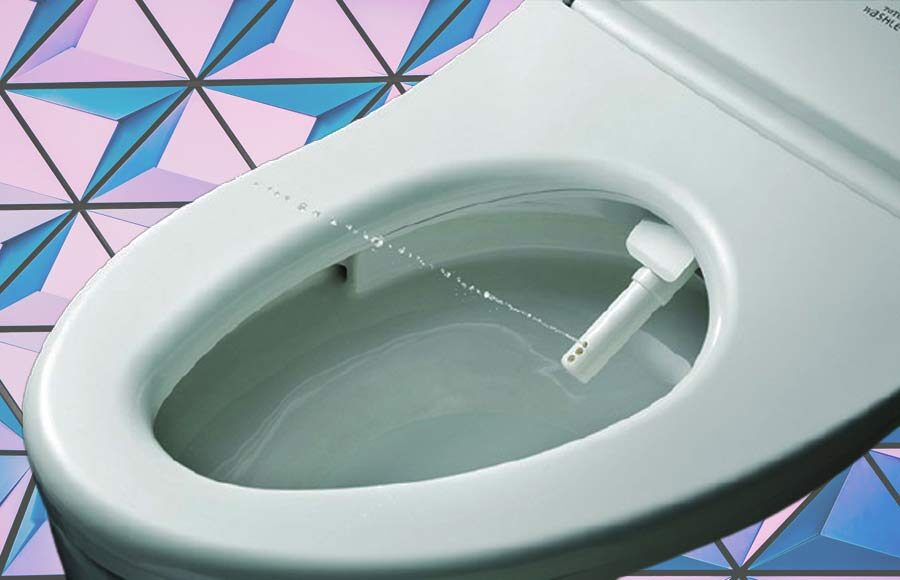
Japanese Ultimate Toilets Experience
The best toilets in the world are said to be Japanese. Besides the light show, warm seats, the calming sound of water, which prevents other people (and perhaps yourself, too) from knowing what’s going on, and water which will hit you in all the right spots, Japanese toilets use the same system as the dull European ones. In other words, you are still seated in an unnatural position, which causes the same problems as described above for the “normal” toilets. This makes the excessive nature of Japanese toilets exactly that—excessive and they don’t contribute to the ultimate toilet experience as we are describing it to be in this article.
Interesting link: TOTO – Japanese premium toilet manufacturer
Some Toilet Humor
One of the best and least well-known productivity advice is to hold on to your toilet-related needs in order to be more productive. An analogy is in order. Hungry people are said to be more productive because their brains work faster in order to figure out where to get food. As such, hungry people are more awake, quick on their feet, and more action-oriented, compared to the well-fed people who can be in comparison less energetic after eating (so-called after food deep).
I imagine the process to be similar for any biological need, such as sleeping, or breathing, but there is more to say specifically about toilets. In this way, if we withhold our fundamental toilet needs our brain goes into a survival mode and starts thinking faster. Most people try to resolve their immediate needs as soon as they appear, but this is a mistake. They should learn to accept a certain level of discomfort as this will help them to become more productive.
Similarly, we are living in a doer’s society, where we are always doing something, such as looking at our smartphones, TV, computer, or trying to catch up with our infinite to-do list. In this productivity mess, going to the toilet is often the only moment when we stop, relax, and reflect on our lives. During these precious moments of peace and tranquillity good ideas can come to you, so better to take notes. Ideally, you should bring along some other form of writing than just toilet paper, as mistakenly you can flush some of your golden ideas down the drain. In fact, some of the best ideas for this post, and many more I wrote in my blog, came to me while I was sitting on a toilet. If I didn’t take notes, you would not have such great content.
Still, a warning is due: all of above-written toilet advice is not FDA recommended, strictly speaking. Use this amazing knowledge at your own risk.
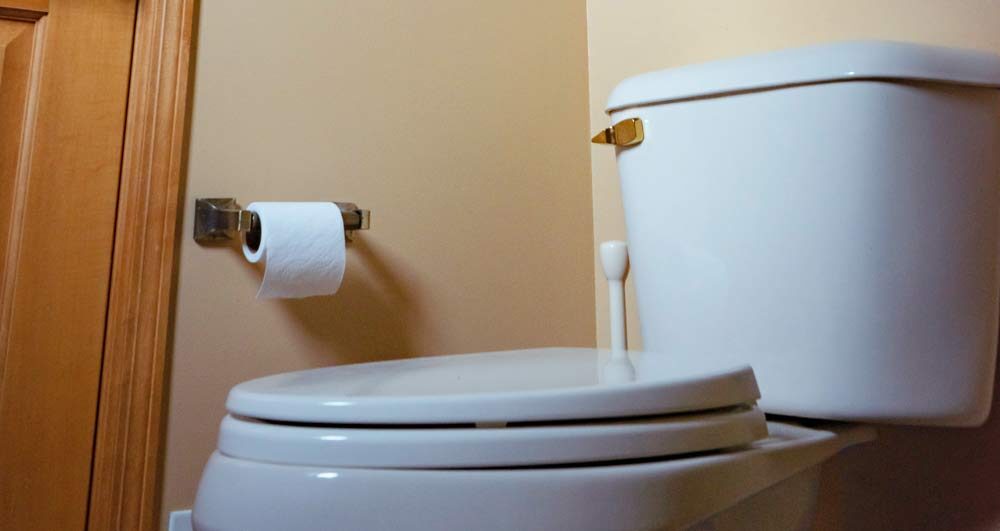
Toilet Seat Hacks – The Slowly Lowering Seat Covers
Lastly, in order to create a truly luxury toilet experience, I found one product which I now consider a must-have in every toilet in the world. It is the slowly lowering seat covers. It is an add-on to the conventional toilet cover, which at first I found to be mundane and unnecessary, but later I was wondering how I could ever live without one.
It’s not important to explain how exactly it works, except that it does. Using just a slight push and without any additional human or electronic interference, it helps the toilet seat to lower itself, by itself, avoiding falling down with a BANG, closing the lid in the quiet and zen-like way. Essentially, after you are done with your important activities, you push the toilet cover down and leave it to close, trusting that it will complete this natural process.
You are welcome.
A Trip Around Your Local Supermarket
Lastly, as a marketer by education and profession, I long have been interested in different products, how they are promoted, and if we actually need them in the first place. I have accumulated a long list of interesting and, in some cases, criminally scary insights. You see, it is my current understanding that 80% of all products that you will find on the supermarket shelves are completely unnecessary, and in many cases, like that of toilets, they do more harm than good.
As such, I’m currently composing a full list of products analyzing and discussing their benefits or the harm they are doing. There are more than enough products to make a book, which I’m currently writing. I hoped you already purchased and read Optimal Happiness: The Fastest & Surest Way to Reach Your Happiest Potential, as this next book will complement this current book on happiness.
The bottom line is, we are living in a consumer society and we are working hard to earn money to buy products that we think we need, not realizing that some (many) of these products actually make our lives worse off, and therefore, unhappier. Contrarily, if we could only focus on the products we actually need, we could save a crazy amount of time, money, and mental well-being, which we could reinvest into even more happiness. And this is the goal of all my writing.
Stay tuned!
Related Posts:
Siting Is A New Smoking, Some Scientists State
Read More About Other Products And Their Effect on Happiness Here:
Consumption and Happiness
